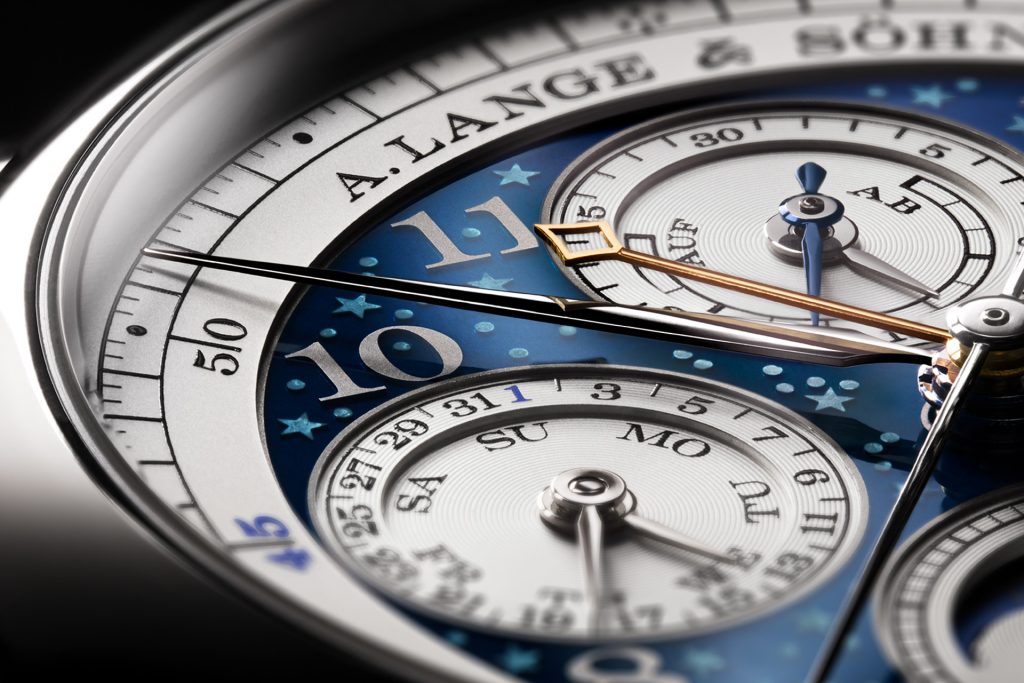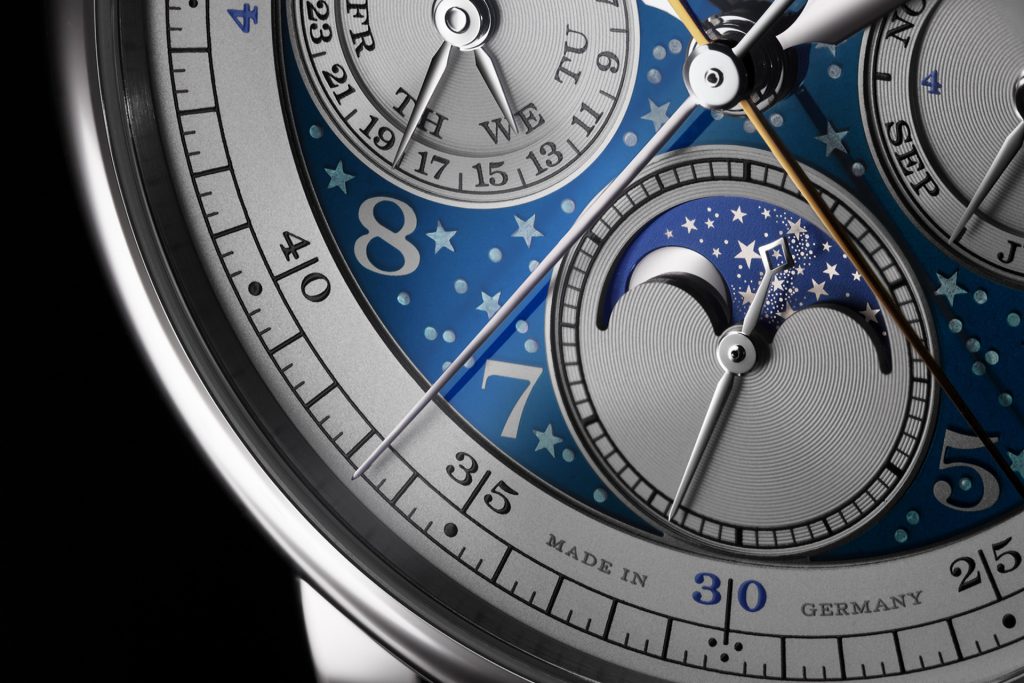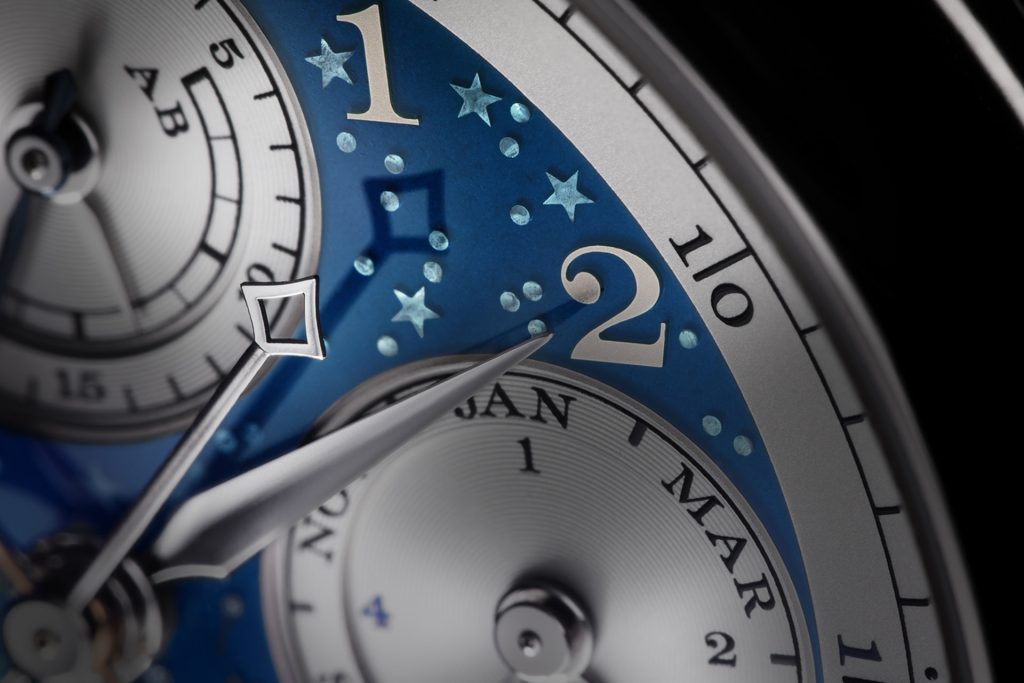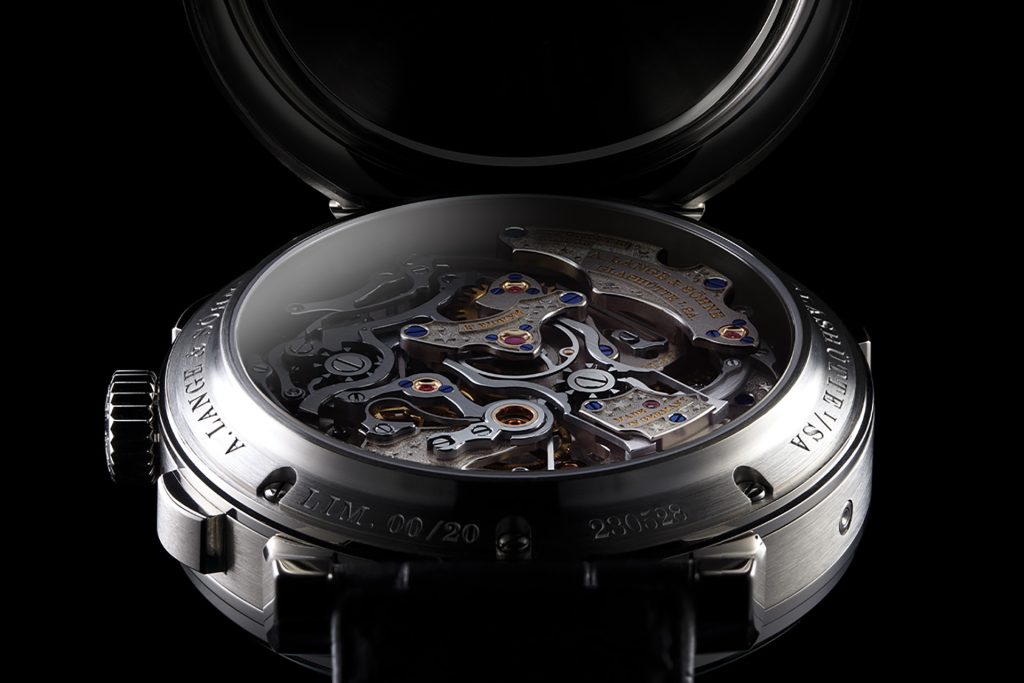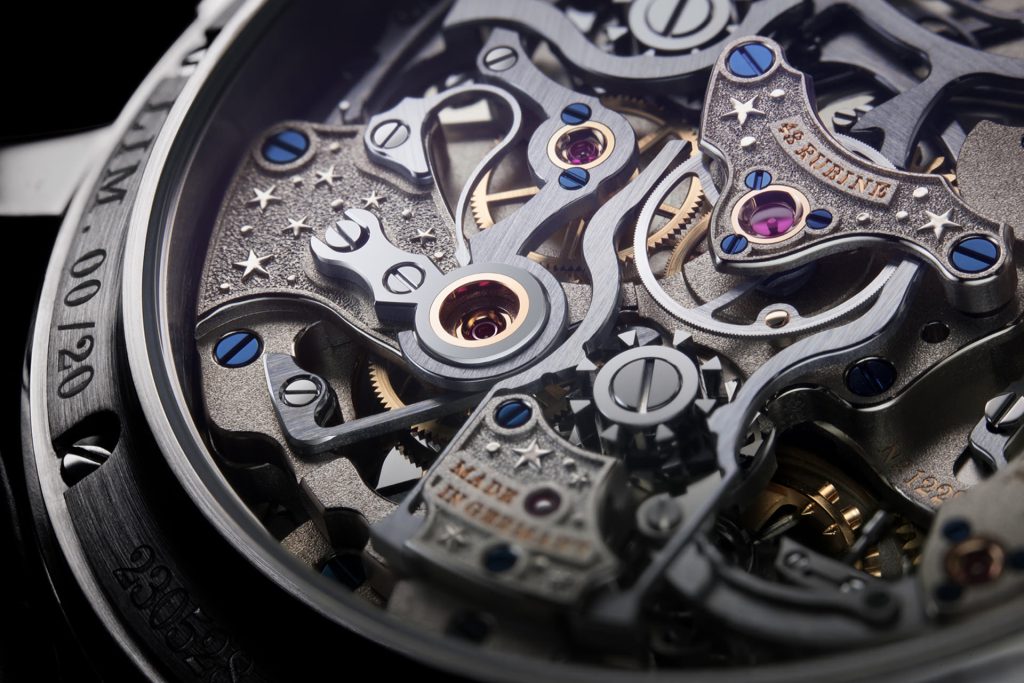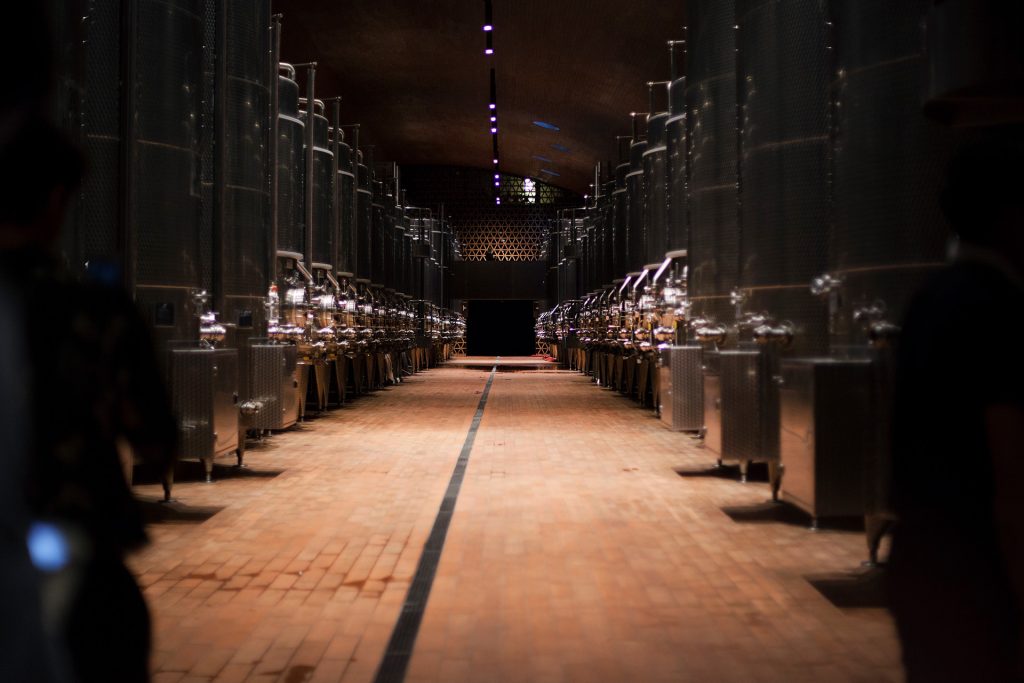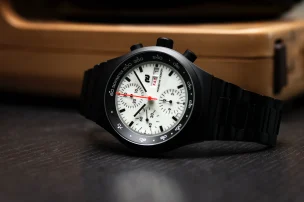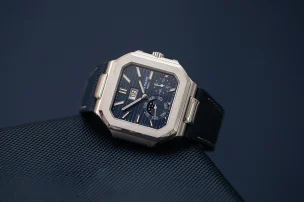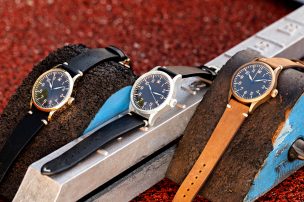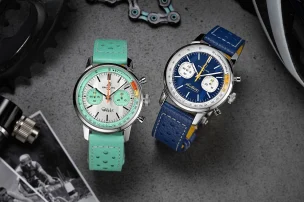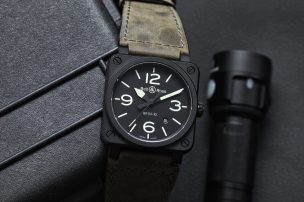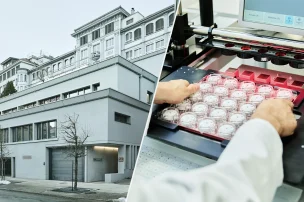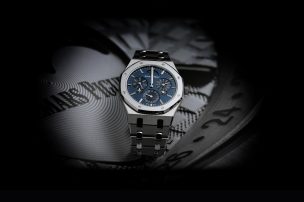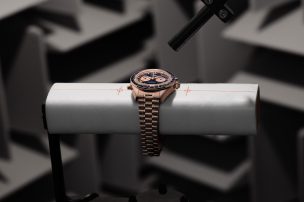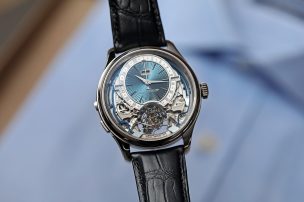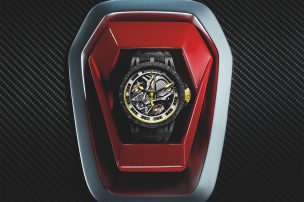
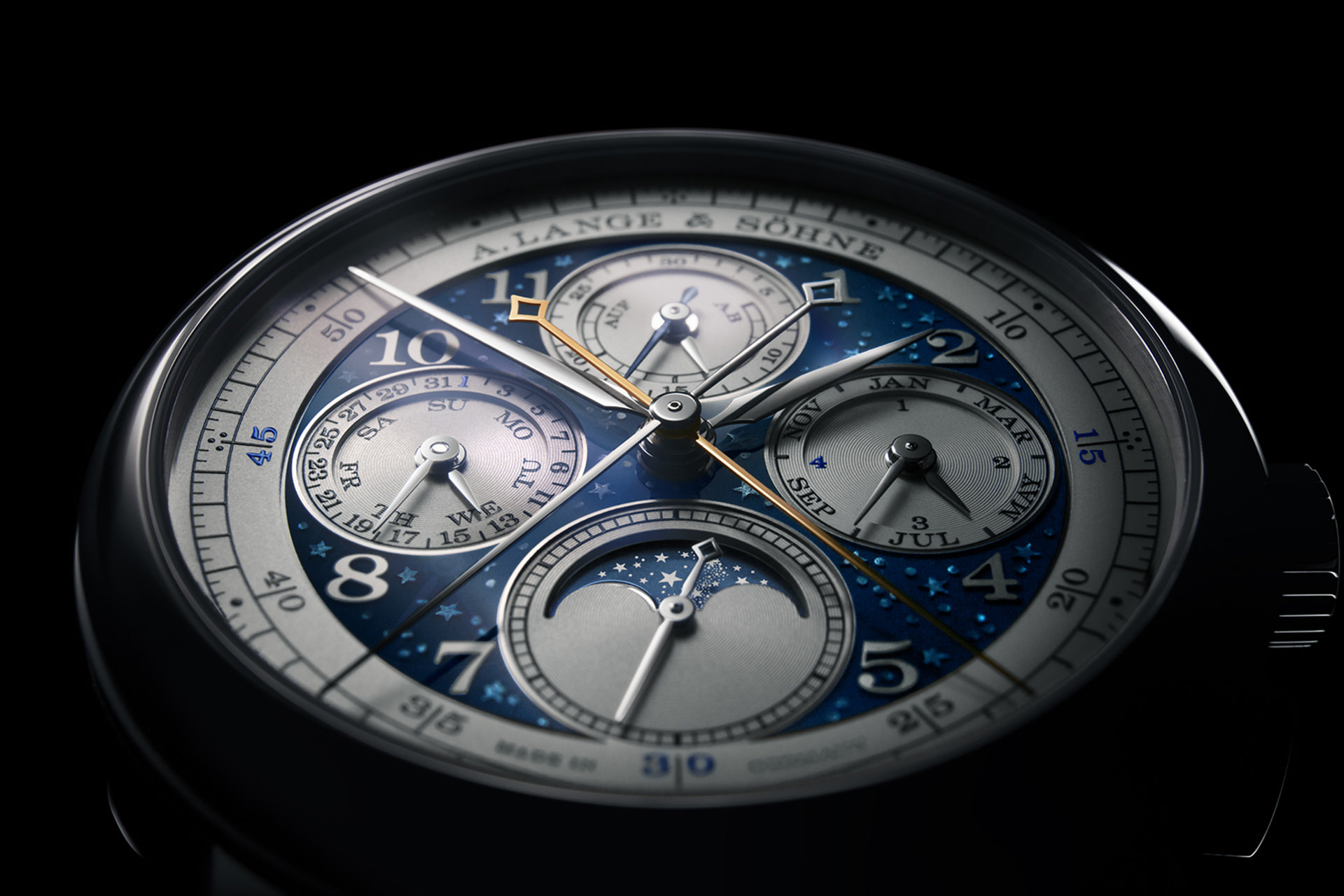
Here is why German watch brand A. Lange & Söhne choose Florence the right place to present its Novelty
How come a German watch brand based in Glashütte near Dresden (Saxony) chooses the Tuscany capital Florence to present their novelty? Well first of all, it is not just any novelty – it is the A. Lange & Söhne 1815 Rattranpante Perpetual Calendar Handwerkskunst, a highly fascinating and complex watch that embodies artistic craftsmanship. And “artistic craftmanship” itself explains why Florence was the perfect destination.
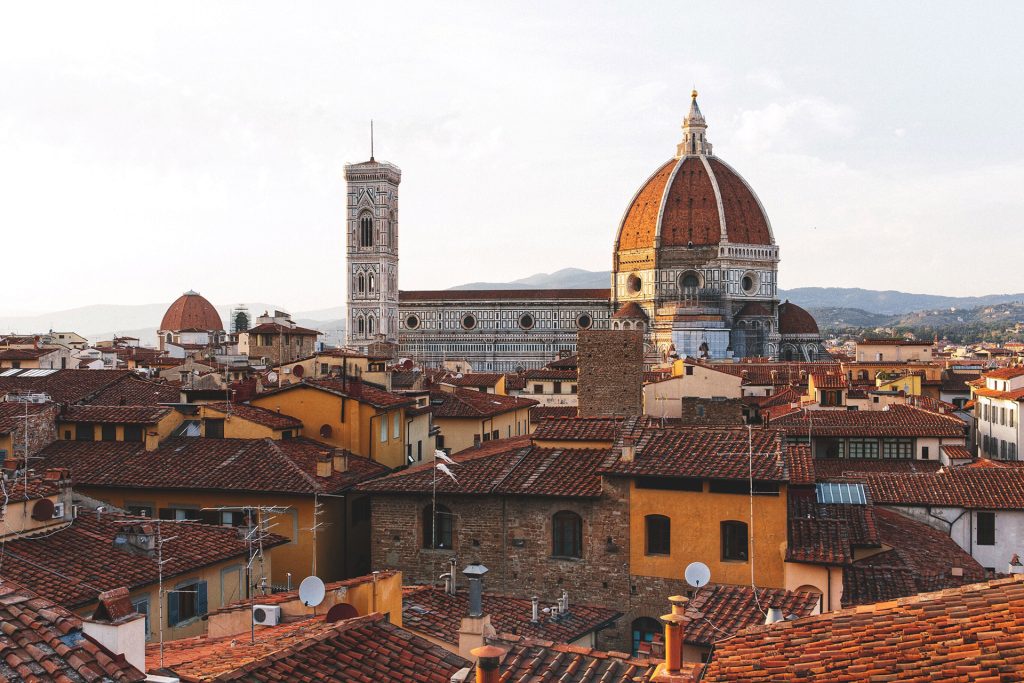
Florence, the capital of Tuscany
There is probably no other place in the world where craftsmanship is so deeply rooted in a place’s heritage as Florence. This is something we experienced for ourselves during a time-machine-like journey through the old-fashioned but modern artisanal heart of the scenic city. Incidentally, there are many similarities between Florence and Dresden, but it would take too long to explain here.
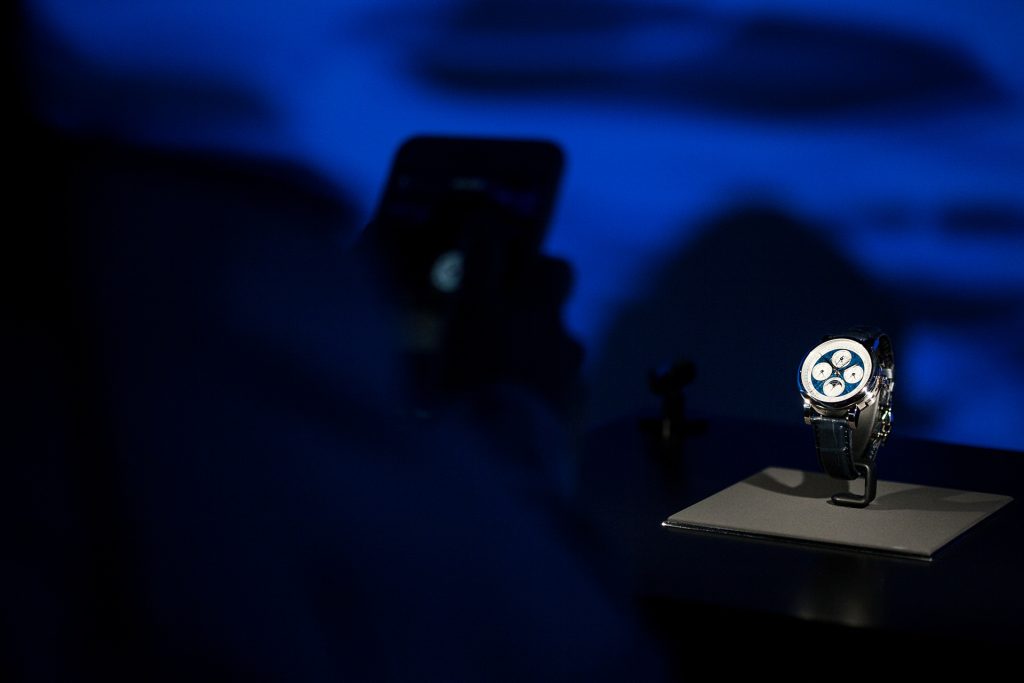
A. Lange & Söhne 1815 Rattranpante Perpetual Calendar Handwerkskunst
It might sound a little old-fashioned, but it’s worth acknowledging that in this fast-moving and technologically advanced world, true Handwerkskunst (craftsmanship) is becoming increasingly rare across every industry. But is this a problem? Is new technology just a new form of craftsmanship? All technological inventions are based on the knowledge of true craftsmanship, and the computers which replace it can only be built with the knowledge of how things are properly created. In this sense, the heritage of craftsmanship needs to be preserved, as it is the basis for everything that is made today. Secondly, from an economic viewpoint, as time goes on, a handmade product is much more likely to hold its value.
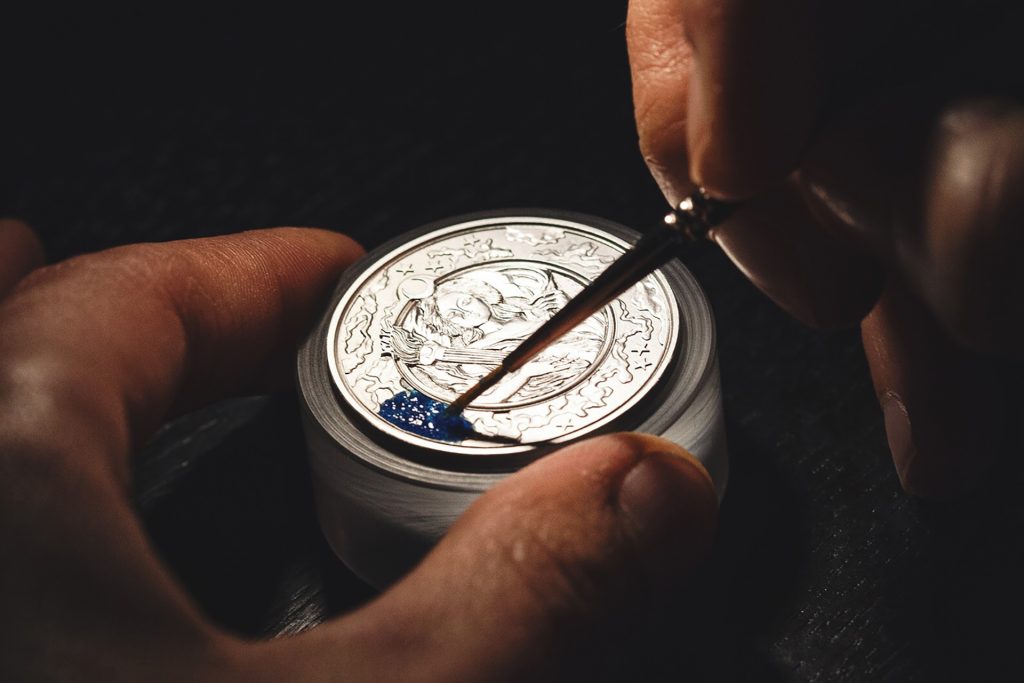
Time-consuming craftsmanship – the dark blue enamel is being applied by hand
A. Lange & Söhne take this very seriously, as we learnt in Florence. During the trip, we were taken on special trips to see the city’s art and culture. We met a vast range of artisanal workers, from shoemakers, hat-makers and jewellers to alchemists, wine growers, and many more.
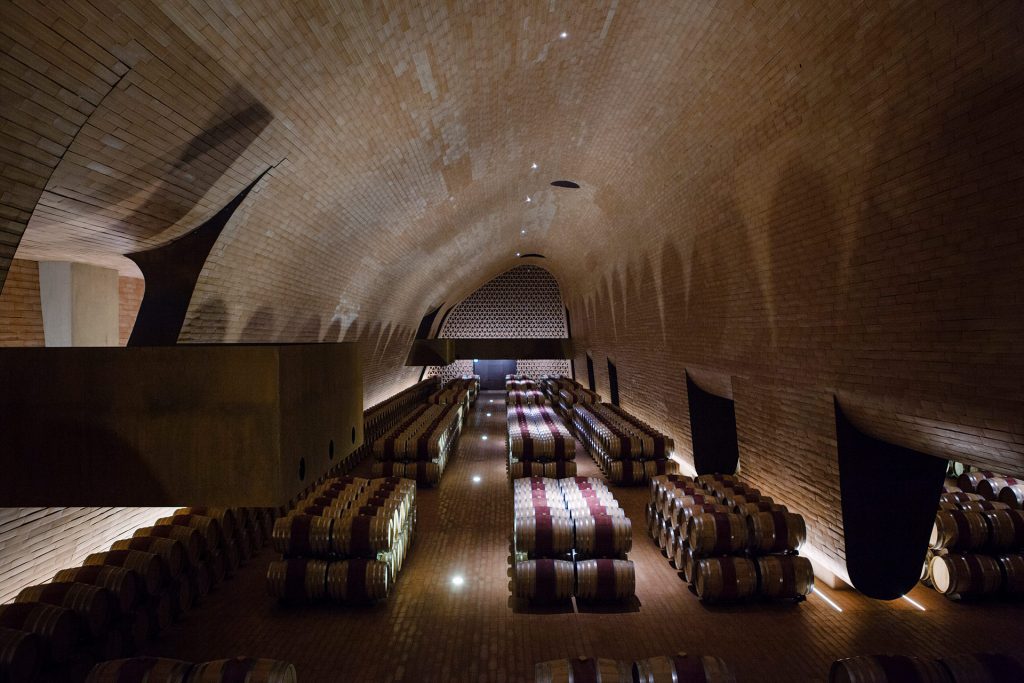
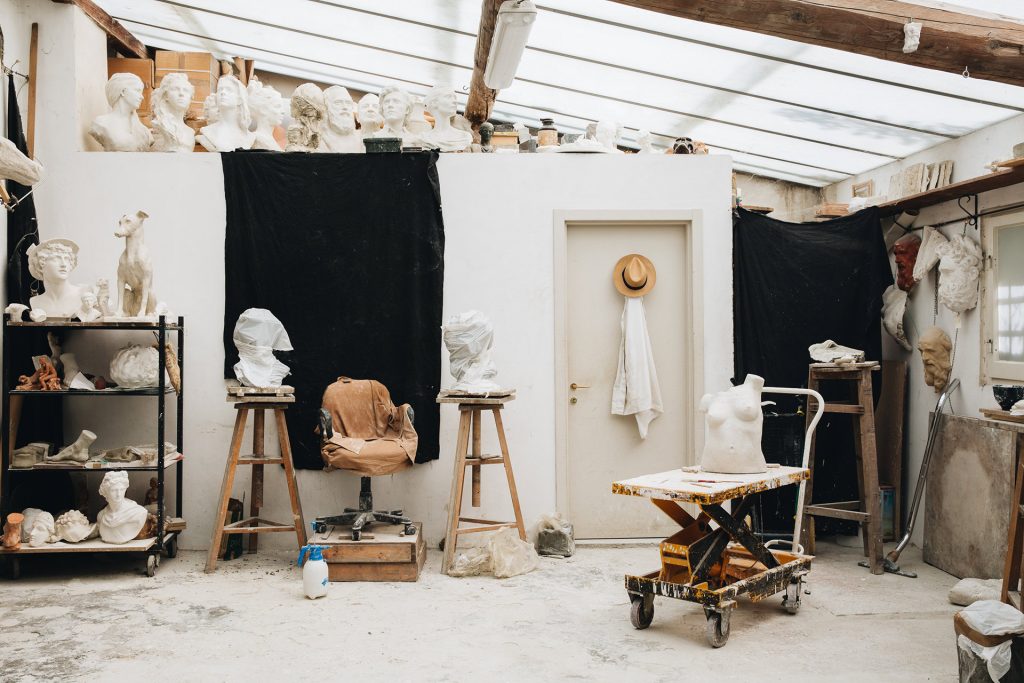
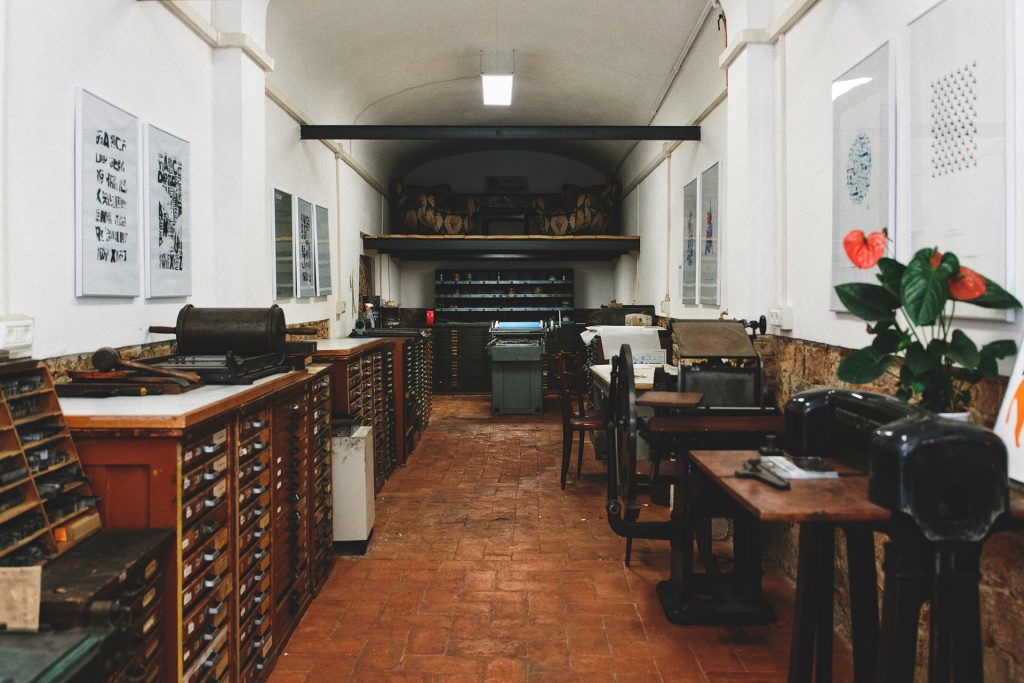
The winery Antinori (left)
Galleria Romanelli (middle)
The press Il Bisonte (right)
It was particularly interesting to learn of the difficulties their predecessors faced in the year 1300, when press printing was first practiced in Christian Europe. Because the number of letters (they were difficult to make at that time) were limited, they sometimes had to rearrange sentences and paragraphs to be able to print a page of a book, for example. We have to admit, modern technology means that such problems simply no longer exist. But necessity is the mother of inventions.
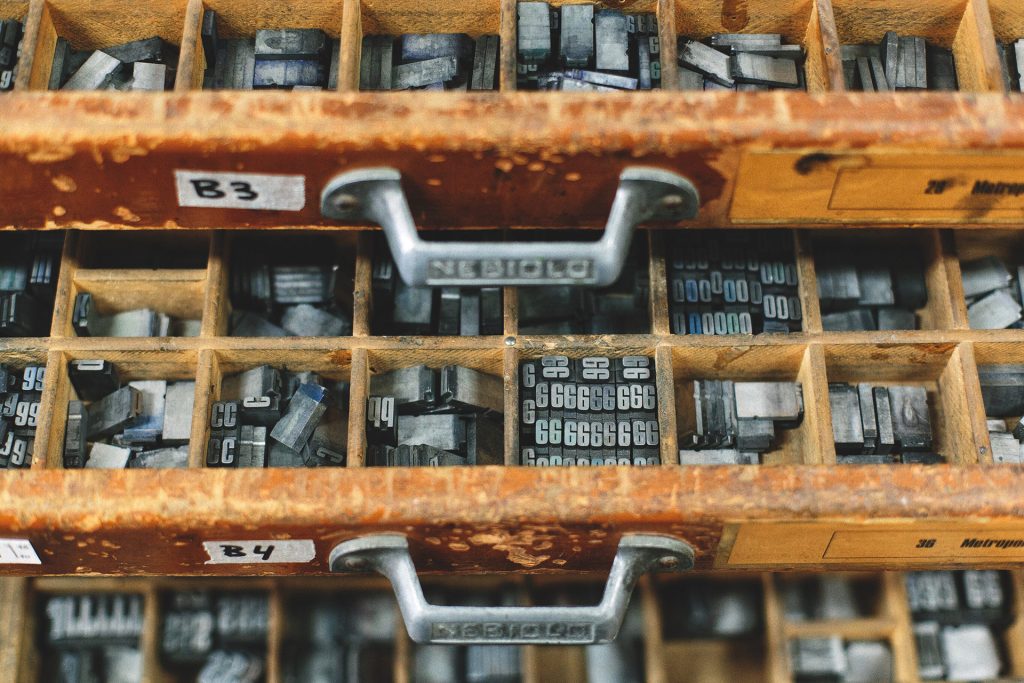
Letters for printing – they were complex and expensive to make
We also met shoemaker Saskia Wittmer, one of the first women in the generally male-dominated business, who is nowadays considered to be one of the world’s best shoemakers. We also met Albiera from Antinori winery, who has built a remarkable business using most modern technologies and is a brilliant example of how decade-long craftsmanship and the latest technology are the key to producing the highest standard of products.
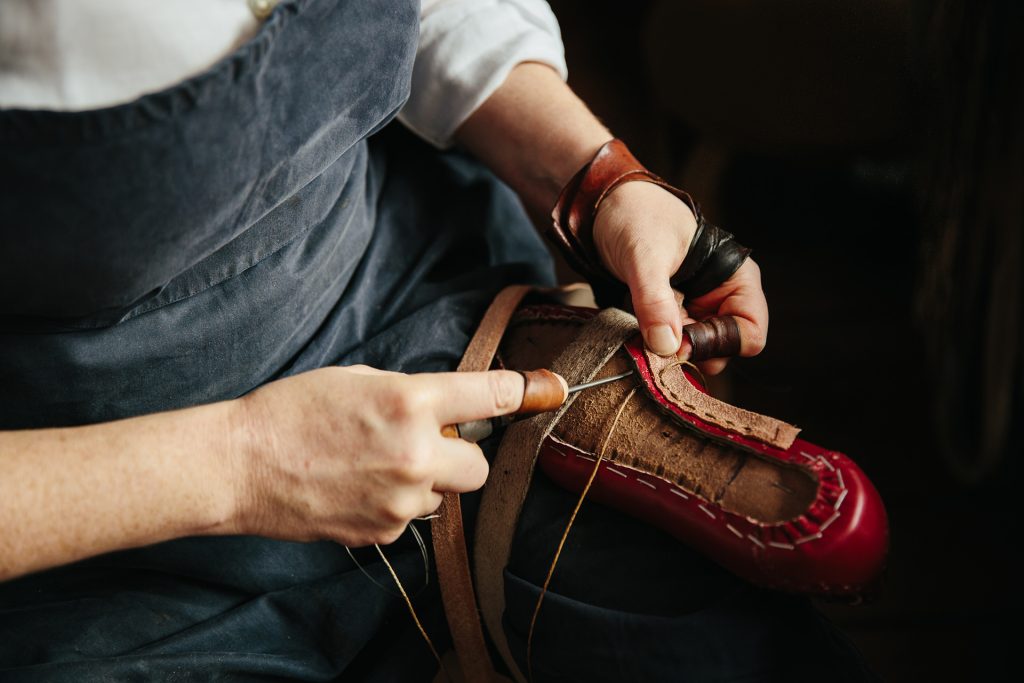
Shoemaker Saskia Wittmer – one of the best shoemakers in the world
Bringing old and new together
The new A. Lange & Söhne 1815 Rattranpante Perpetual Calendar Handwerkskunst is another example of artisanal craftsmanship and modern technology. Perpetual calendar mechanisms are among the most sophisticated mechanical ensembles in traditional watchmaking. Besides the Grand Complication inside this masterpiece, the visual parts of this timepiece confronted the finishers, engravers and enamel artists with an exciting challenge: to raise the decorative opulence for which the manufacture is known to the next level, with rare – and in some cases revived – techniques, as well as innovative ideas.
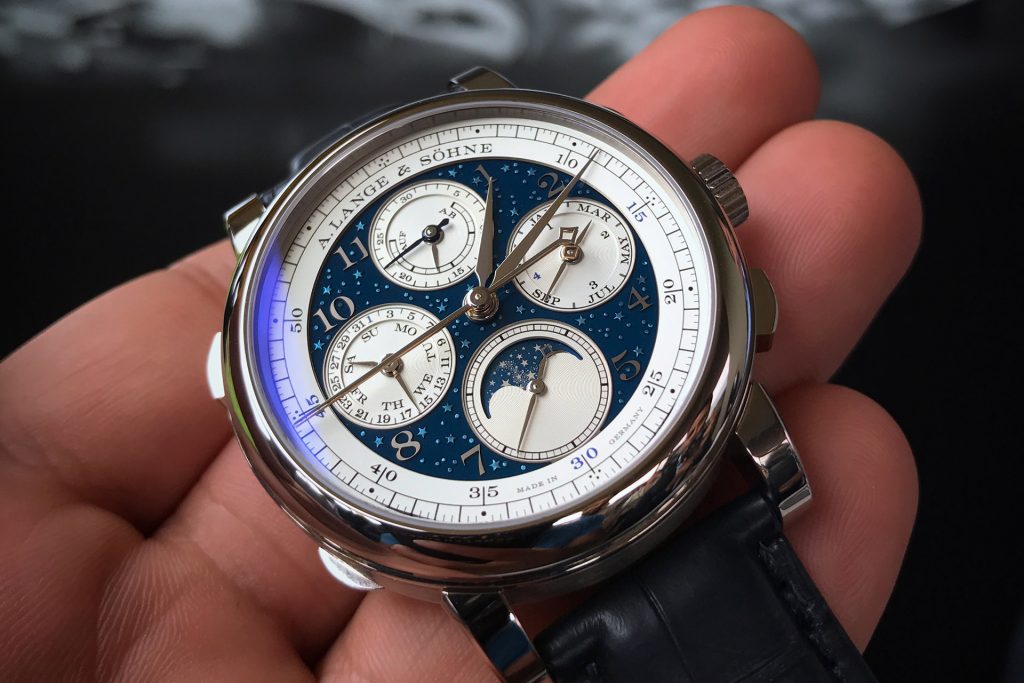
It is the sixth A. Lange & Söhne model with the attribute HANDWERKSKUNST that stands for the particularly artistic decoration of the movement, dial and case
Looking into the details of the watch, every part is beautifully decorated, almost like a piece of art. It is the first model to combine enamel art and engraving on its dial. Solid white gold is the foundation for the deep-blue enamel, beneath which the engraved stars appear to be a visual extension of the moon-phase display.
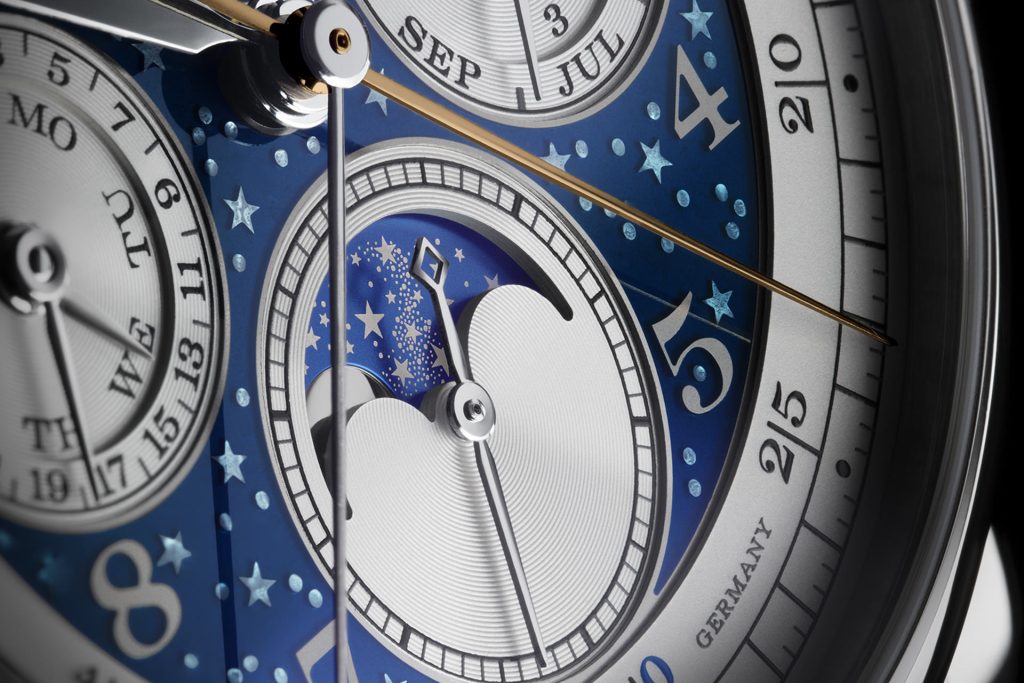
Like a 3-D painting – the dial made of dark blue enamel white gold
A true highlight of the watch is the hinged ‘cuvette’ on the caseback, which is also made of solid white gold, and is decorated in deep blue enamel. Playing on the moon theme, the goddess Luna – the ancient mythological personification of the moon – is shown on the medallion with her characteristic attributes; a billowing veil, a crescent moon diadem and a torch with which she lights up the darkness.
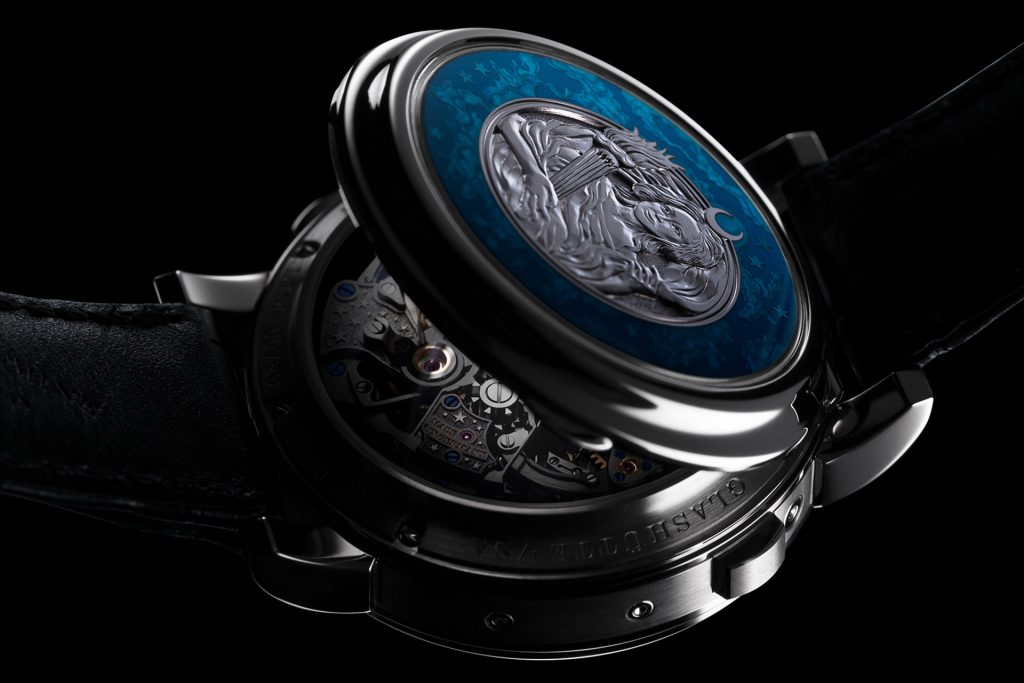
The goddess Luna is printed on the hinged cuvette that protects the sapphire-crystal caseback
The perpetual calendar mechanism of this limited edition (20 pieces) correctly displays the individual durations of each month in the course of a calendar year, including all leap years until 2100 – a remarkable feat. The moonphase display is calibrated to remain accurate for 122.6 years. A power-reserve indicator reminds the owner when
it is time to rewind the watch. The A. Lange & Söhne 1815 Rattranpante Perpetual Calendar Handwerkskunst is indisputably a mechanical masterpiece paired with
true craftsmanship.
